The Himachal Pradesh Cabinet, led by Chief Minister Sukhvinder Singh Sukhu, held a crucial meeting where several key decisions were made to enhance governance, streamline administrative procedures and focus on critical developmental priorities. These decisions are expected to have a significant impact on the state’s future, particularly in areas such as land transactions, environmental sustainability, and infrastructure development.
Uniform Stamp Duty Rate
One of the key decisions made by the Himachal Pradesh cabinet was the introduction of a uniform stamp duty rate of 12% for transfer and lease transactions under Section 118(2)(H) of the Himachal Pradesh Tenancy and Land Reforms Act, 1972. This rate will be applicable to transactions involving land secured under specific circumstances and requires prior sanction from the state government. The cabinet's approval is expected to bring uniformity to the state's taxation system and help in creating a more efficient and transparent procedure for land transactions.
The amendment to Schedule 1A of the Indian Stamp Act, 1899, which will facilitate the implementation of this uniform rate, will help in reducing discrepancies and ensure that transactions involving land and property are taxed at the same rate across various sectors. This move also aims to ease the financial burden on property buyers and streamline the process for developers and landholders.
Ban on Felling Trees
In another important move, the Himachal Pradesh cabinet imposed a ban on the felling of trees, with a few exceptions. Safeda, poplar, and bamboo trees are the only species allowed for felling, and a ten-year program has been approved for the regulated felling of khair trees for sale. The move comes as part of the state government's commitment to preserving its natural heritage and protecting its ecological balance.
The state has long been known for its rich biodiversity and dense forests, which are home to numerous species of flora and fauna. The decision to restrict tree cutting and focus on sustainable practices reflects the state's efforts to maintain this ecological balance while also supporting the timber industry in a regulated and environmentally responsible manner.
Protection of Green Areas
Another notable decision was the protection of the area surrounding the Tara Devi Temple in Shimla. The cabinet has decided to bring this area under the ambit of green space, ensuring that it remains free from development. This move is in line with the state's larger goal of maintaining its natural beauty and promoting tourism in a sustainable manner. It is a recognition of the importance of preserving key natural and cultural landmarks within the state for future generations.
The inclusion of the Tara Devi Temple area as a green space highlights the government’s focus on sustainable development, particularly in regions with significant religious and cultural value. The area surrounding the temple, being one of Shimla's popular tourist destinations, is a vital part of the region’s eco-tourism infrastructure, making its preservation a priority.
Kishau Multipurpose Project
The Himachal Pradesh cabinet reiterated its request to the central government regarding the Kishau Multipurpose Project. The state is seeking the adoption of a 90:10 funding formula for the power component of the project, which would mirror the funding formula applied to the water component of the project. The proposed funding formula would help alleviate the financial burden on the state government, making the project more economically viable.
The Kishau Multipurpose Project is a major initiative aimed at enhancing the state’s power generation capacity, providing irrigation for agriculture, and addressing the growing demand for drinking water in the region. The state’s push for favorable financial terms underscores the importance of such large-scale infrastructure projects in contributing to regional development and long-term sustainability.
Promotion of Green Energy Projects
Another key decision by the cabinet was to delegate the responsibility for the allotment and monitoring of hydro and solar power projects above 5 MW, as well as green hydrogen, biomass, and pumped storage projects, to the Department of Energy. The move is part of the state’s ongoing efforts to develop its renewable energy resources, which are expected to play a crucial role in the region’s energy future.
The approval of a 1-MW green hydrogen project in Nalagarh is a major step in the state’s green energy development strategy. Green hydrogen is gaining prominence as a clean energy source that could reduce dependence on fossil fuels, and this project will serve as a pilot for future ventures in this sector. The approval of green energy development charges for pumped storage projects is another step toward ensuring that these projects are financially sustainable, with a proposed charge of ₹2.5 lakh per MW per year for the first ten years after commissioning.
Infrastructure and Governance Initiatives
The Himachal Pradesh cabinet also approved several measures aimed at improving governance and infrastructure in the state. These include the creation and filling of 10 posts for junior office assistants (IT) for the Himachal Pradesh Public Service Commission, the appointment of C-DAC to conduct computer-based recruitment exams for Group-C posts, and the establishment of new sub-tehsils in Kangra, Chamba, and Shimla districts.
Furthermore, the government has approved a land pooling policy for the Baddi-Barotiwala-Nalagarh Development Authority for the year 2025, aimed at streamlining land acquisition for industrial and commercial development in the region. The policy is expected to facilitate smoother land transactions and help in the development of the region’s industrial infrastructure.
Tribute to Dr. Manmohan Singh
The cabinet also decided to rename the Himachal Pradesh Institute of Public Administration (HIPA) as the Dr. Manmohan Singh Himachal Pradesh Institute of Public Administration. This decision pays tribute to the former prime minister for his contributions to the development of the state, including the realization of key infrastructure projects such as the Atal Tunnel, IIT Mandi, and NIFT Kangra. The cabinet also observed two minutes of silence in his memory, highlighting the respect and admiration for Dr. Singh's role in shaping the state's progress.
Inclusion of Families in BPL List
Lastly, the cabinet approved the inclusion of certain vulnerable families in the Below Poverty Line (BPL) list. Families without adult members between 18 and 59 years, headed by women or those with a disability of 50% or more, will be included in the list. This decision aims to ensure that marginalized groups in the state receive the support they need. Families that worked for at least 100 days under the Mahatma Gandhi National Rural Employment Guarantee Act (MNREGA) or whose members are suffering from chronic diseases will also be included.
These measures reflect the Himachal Pradesh government's focus on inclusive development and support for the most vulnerable sections of society. The cabinet decisions aim to balance environmental concerns, economic development, and social welfare, ensuring that Himachal Pradesh continues its growth trajectory while maintaining its natural heritage and promoting equitable governance.
Image source- x.com

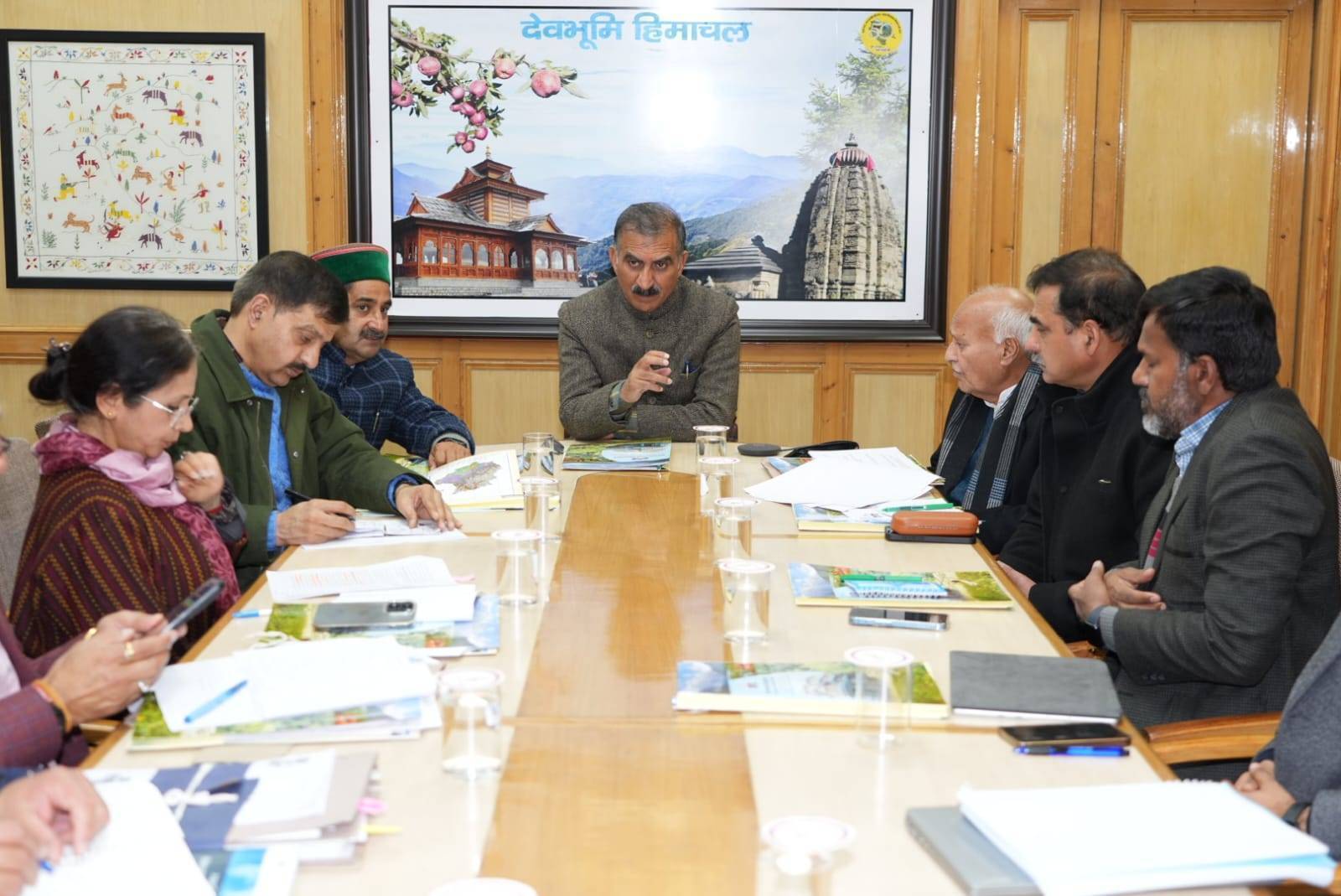
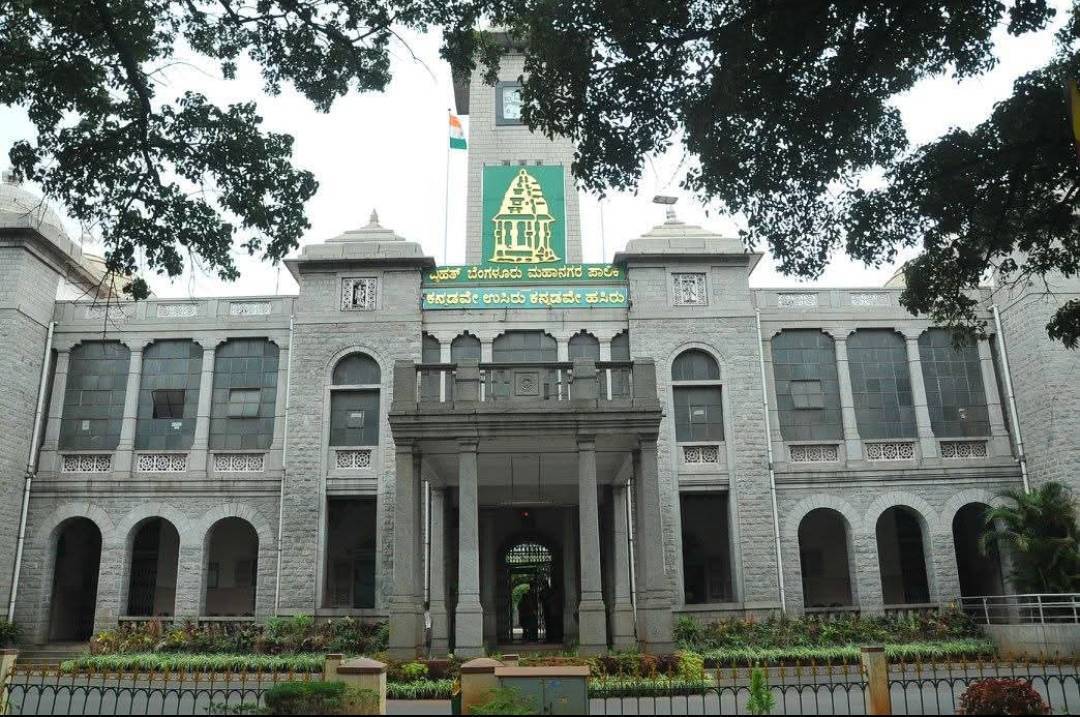
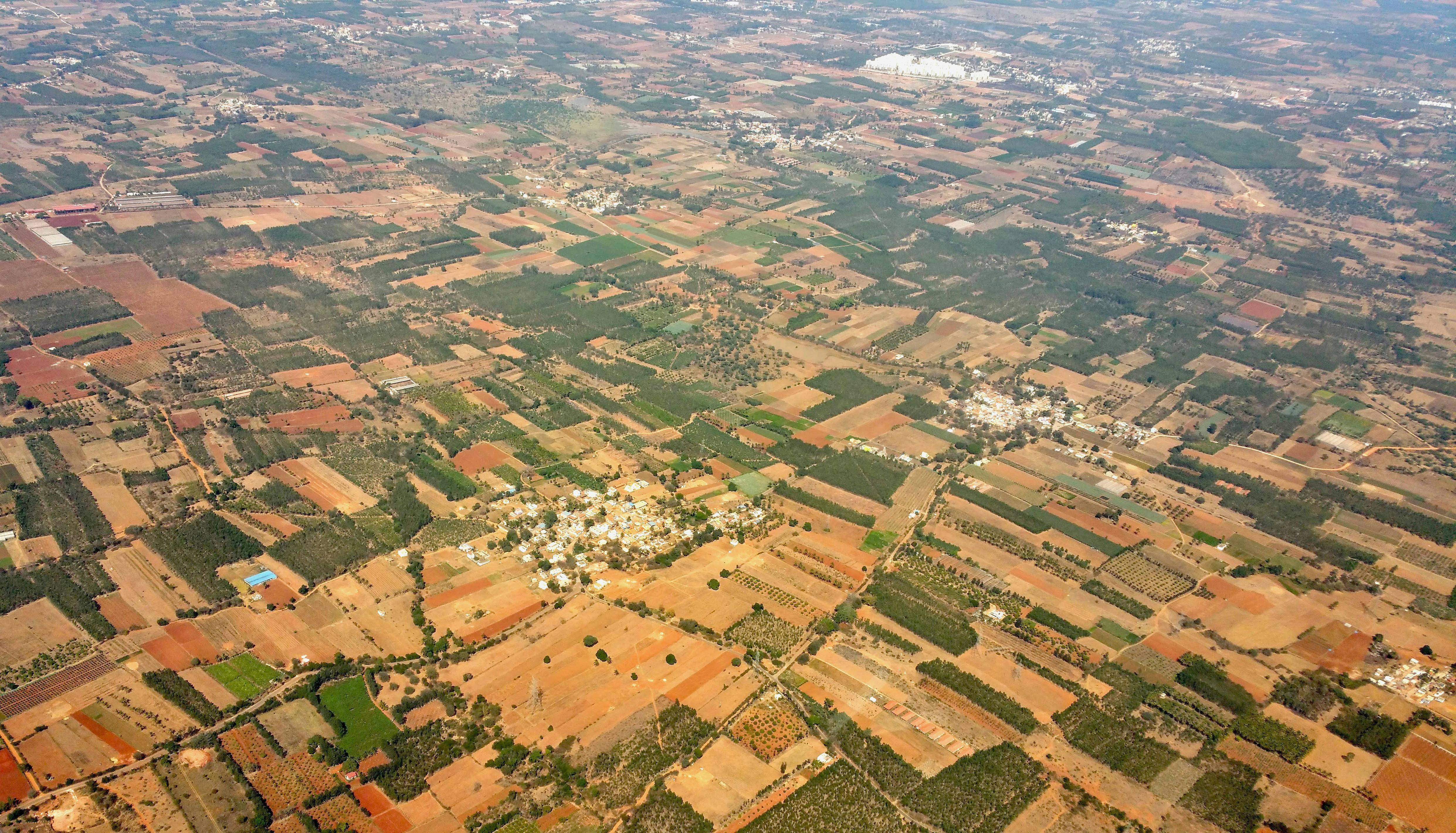

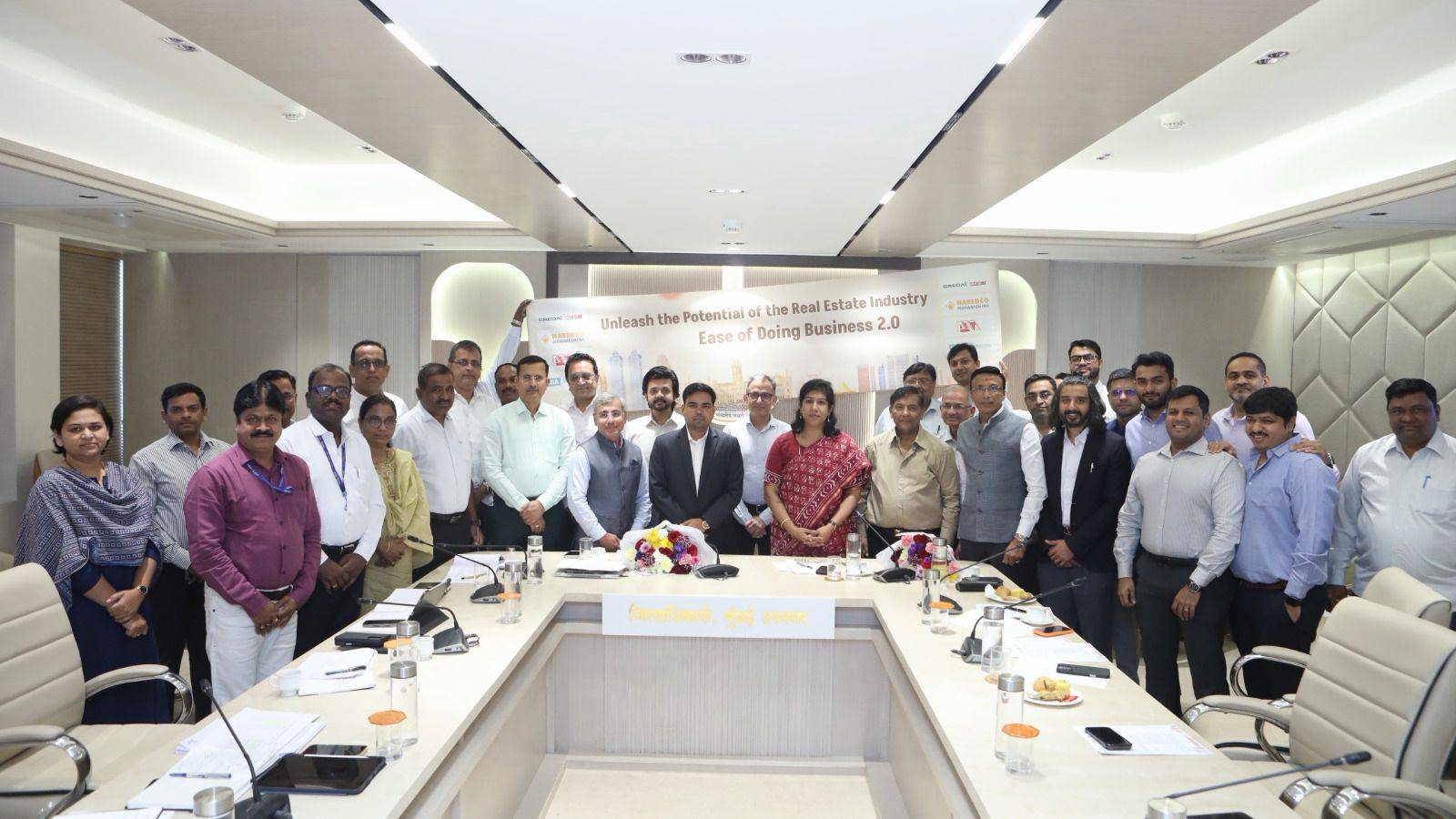


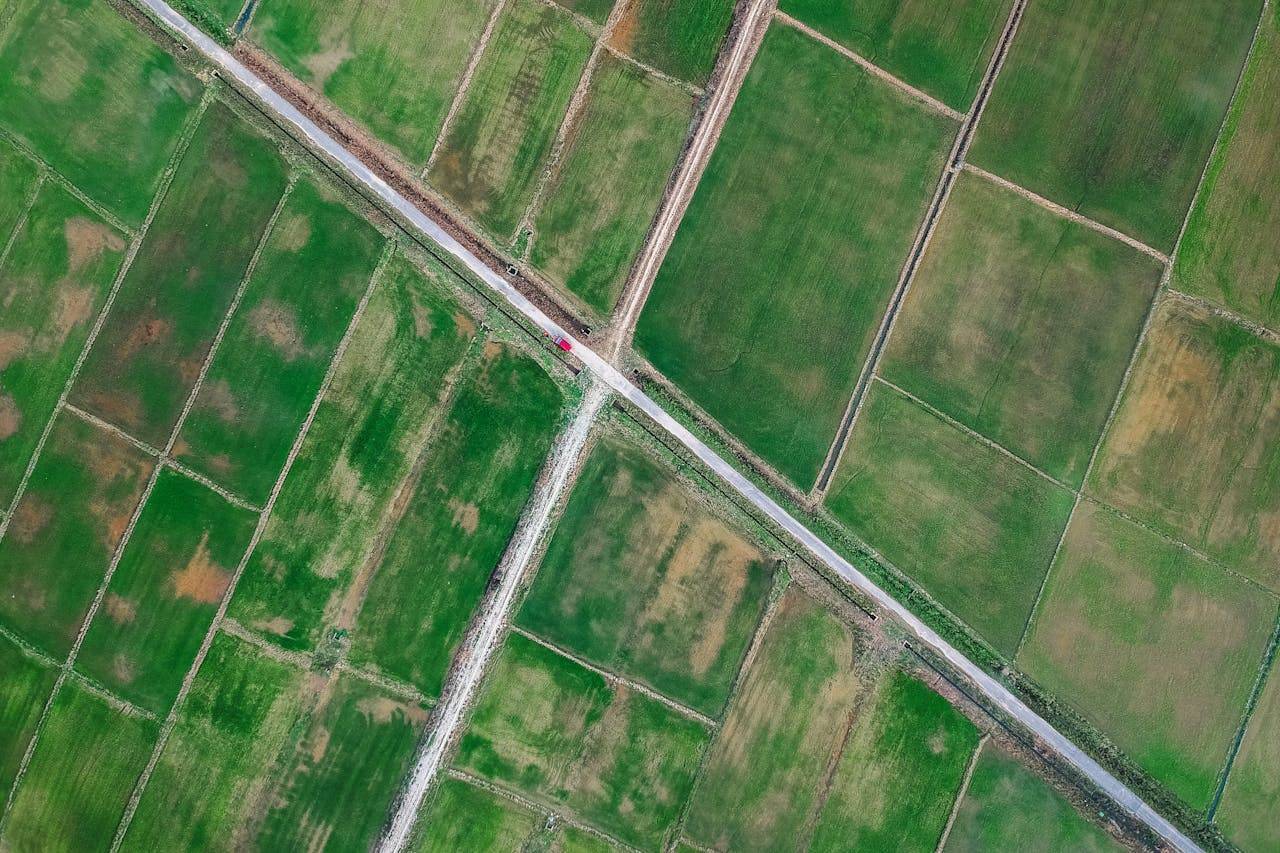
.png)